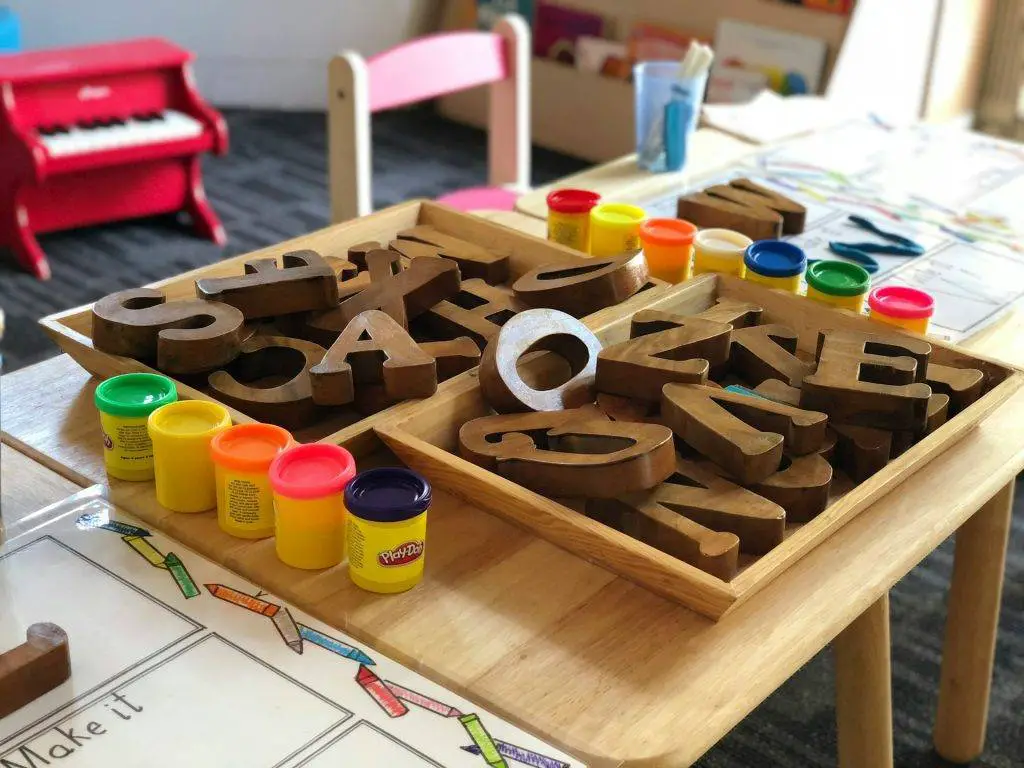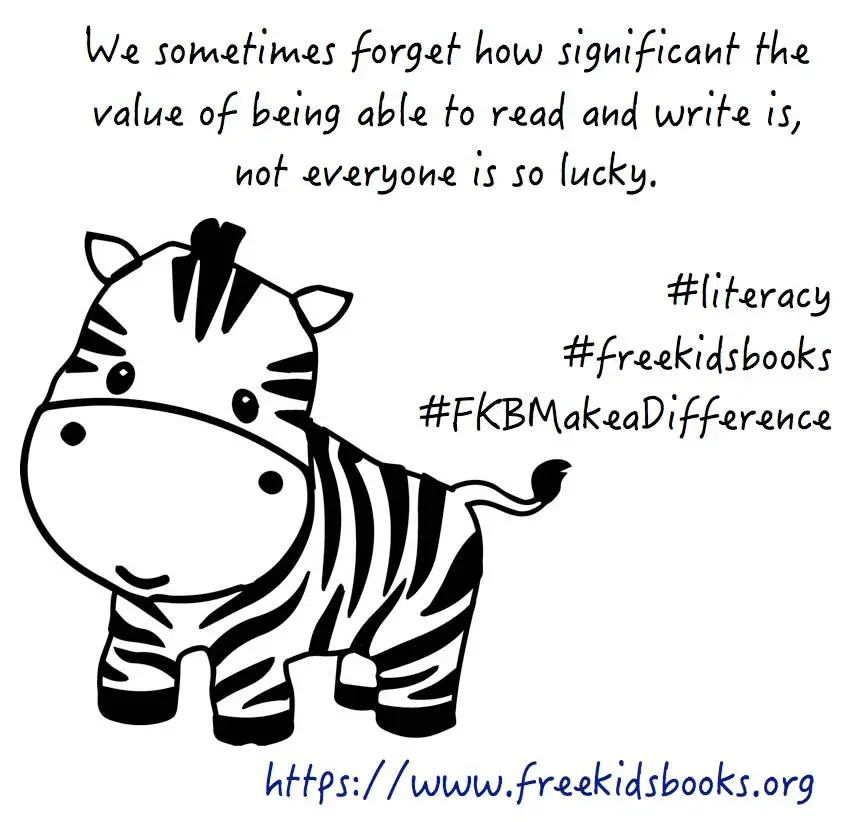Finding a daycare that feels like a home away from home is a milestone for many parents. It’s a place where children learn, play, and grow while forming bonds with caregivers and peers. However, ensuring that your little one is safe in this environment is just as important as fostering their joy and curiosity. By understanding the essentials of daycare safety, parents can play an active role in creating a secure and happy experience for their children.

The Playground Protector’s Checklist: Ensuring a Safe Environment
A safe daycare environment combines thoughtful design, attentive supervision, and robust safety policies. Use this checklist to evaluate the center and ensure your child’s well-being:
Start with the physical environment. A well-maintained space should include:
- Toys and equipment that are age-appropriate, undamaged, and safe to use.
- Covered electrical outlets and securely installed gates to prevent access to hazardous areas.
- Flooring that is slip-resistant and well-maintained to minimize the risk of falls.
- Soft surfaces under play equipment to cushion any tumbles.
Next, consider the quality of staff supervision and training. Check for:
- Appropriate staff-to-child ratios (e.g., 1:4 for infants, 1:10 for older children).
- Caregivers certified in CPR and first aid to handle emergencies effectively.
- Staff who are actively engaged and attentive, ensuring children are never left unsupervised.
Hygiene and cleanliness are equally important. Look for:
- Handwashing stations that are accessible to both children and staff.
- Clean and well-maintained facilities free from allergens, mold, or strong chemical odors.
- Strict hygiene practices during meal preparation, diaper changes, and cleaning routines.
Ask about the center’s safety policies to understand their preparedness:
- Are there clear protocols for emergencies like fires or medical incidents?
- Is there a secure check-in and check-out process to prevent unauthorized access?
- How are injuries or incidents documented and communicated to parents?
Finally, inspect the outdoor play areas. These spaces should feature:
- Stable playground structures with soft landing surfaces underneath.
- Fenced perimeters to keep children safe and unwanted visitors out.
- Outdoor areas free of sharp objects, debris, or toxic plants.
- Shaded zones to protect kids from overexposure to the sun.
By addressing each of these elements, you can feel confident that the daycare prioritizes both safety and happiness, creating a space where your child can thrive.
Common Day Care Injuries and How They Can Be Prevented
Daycare centers are bustling places filled with active, curious children. While most injuries are minor, parents need to be aware of common risks and how to mitigate them. Understanding these dangers helps you recognize whether a daycare is adequately prepared to keep children safe.
Falls and Trips
Falls are the most common injuries in daycare, often occurring during playtime or on playground equipment. Preventive measures include ensuring that outdoor equipment is properly installed, with soft surfaces like rubber mats or sand beneath climbing structures. Indoors, clear pathways, and slip-resistant flooring can reduce the likelihood of accidents.
Scrapes and Cuts
Sharp edges on furniture, broken toys, or outdoor hazards like sharp stones can cause scrapes and cuts. A thorough inspection of the premises should reveal whether the center prioritizes regular maintenance and childproofing.
Allergic Reactions
For children with allergies, exposure to certain foods, materials, or cleaning products can trigger severe reactions. Centers should maintain detailed allergy records and implement strict policies to minimize risks. Ask whether they have an EpiPen on-site and staff trained to use it.
Illness Spread
Shared toys and close contact can spread illnesses quickly among children. Daycare centers should have a robust hygiene protocol, including regular handwashing and toy sanitation. Facilities that follow credible guidelines, like those outlined in the National Resource Center for Health and Safety in Child Care and Early Education, demonstrate a strong commitment to keeping children healthy.
Choking Hazards
Young children are especially vulnerable to choking on small toys or pieces of food. Daycare centers should enforce strict rules about age-appropriate toys and avoid serving high-risk foods like whole grapes or nuts to younger children.
Parents can ensure their child’s daycare fosters a secure and nurturing environment by being aware of these common injury risks and understanding the safety measures in place.
When Accidents Happen: Knowing Your Rights as a Parent
Even with the best precautions, accidents can sometimes occur in daycare settings. As a parent, it’s essential to understand your rights and the steps you can take to ensure accountability when your child’s safety is compromised.
The first step is to gather as much information as possible about the incident. Ask for a detailed account from the staff, including what led to the injury, how it was handled, and whether proper safety protocols were followed. Request access to any incident reports the daycare may have documented.
If you believe the injury resulted from negligence—such as insufficient supervision, unsafe equipment, or failure to respond appropriately—it may be time to seek professional guidance. Consulting a daycare injury lawyer can help parents explore their legal options and gain support in holding the responsible parties accountable. Taking this step not only seeks justice for the child but also encourages the daycare to implement necessary changes to prevent future incidents.
Parents who raise valid concerns help ensure that daycare providers prioritize the well-being of every child in their care.
Prevention Through Play: Teaching Kids About Safety
Helping children understand safety from an early age empowers them to recognize and avoid potential risks. One of the best ways to do this is through play and storytelling, which engage young minds while imparting valuable lessons.
Start by introducing stories that focus on themes of safety and self-awareness. Books that use relatable characters and simple language can make these concepts easy for children to grasp. Successful safety education often stems from strong parent-teacher collaboration, where both work together to reinforce lessons through storytelling and creative activities.
Role-playing scenarios are another effective way to teach safety skills. Pretend scenarios, such as crossing the street or avoiding unsafe objects, can help your child practice appropriate responses. This interactive approach not only reinforces key lessons but also builds their confidence in handling real-life situations.
Parents can help their children develop a foundation of awareness and caution through stories and play, making them active participants in their own safety.
Advocating for Safer Standards in Day Care
Parents play a powerful role in promoting safety beyond their child’s immediate environment. Advocating for higher safety standards at daycare centers can lead to broader changes that benefit all children.
Start by discussing safety practices with other parents at your daycare. Sharing concerns and ideas collectively can highlight areas for improvement. Many centers are open to feedback and may implement changes when they see active involvement from families.
You can also connect with local organizations or community groups focused on child welfare. These groups often provide resources or campaigns to improve childcare standards. Partnering with them can amplify your efforts and strengthen your push for better policies.
Advocating for routine safety inspections or updated caregiver training are small steps that can lead to significant improvements. When parents unite to prioritize child safety, they help create an environment where every child can learn, grow, and play securely.
Conclusion: Building a Safer Future for Our Children
Creating a safe and happy daycare experience requires attention, collaboration, and advocacy. By carefully evaluating centers, teaching children about safety through stories and play, and standing up for higher standards, parents become key players in ensuring their child’s well-being.
Every small step—whether it’s asking the right questions during a tour, role-playing safety scenarios at home, or addressing concerns with caregivers—contributes to a stronger foundation for children’s growth and security. Together, parents, caregivers, and communities can work to make every daycare a place where children not only thrive but are protected every step of the way.









